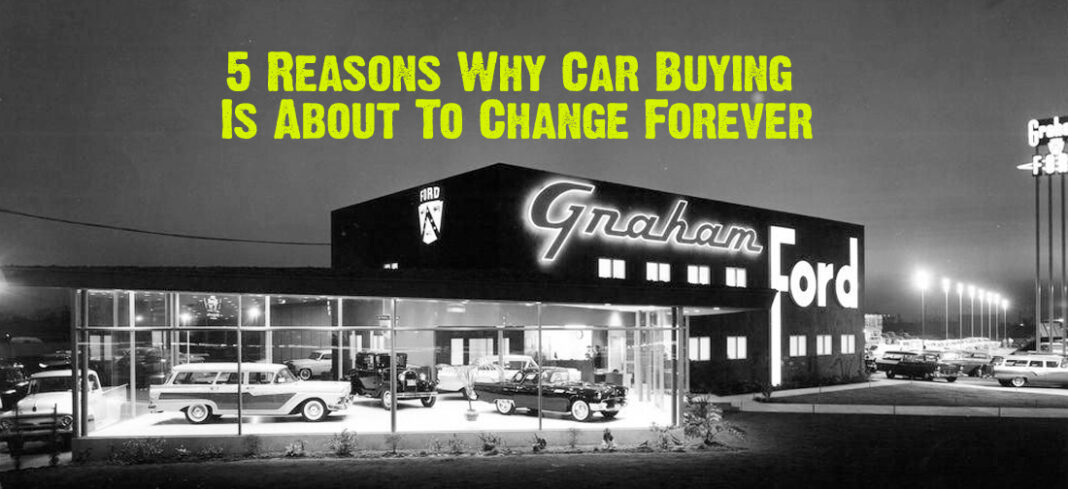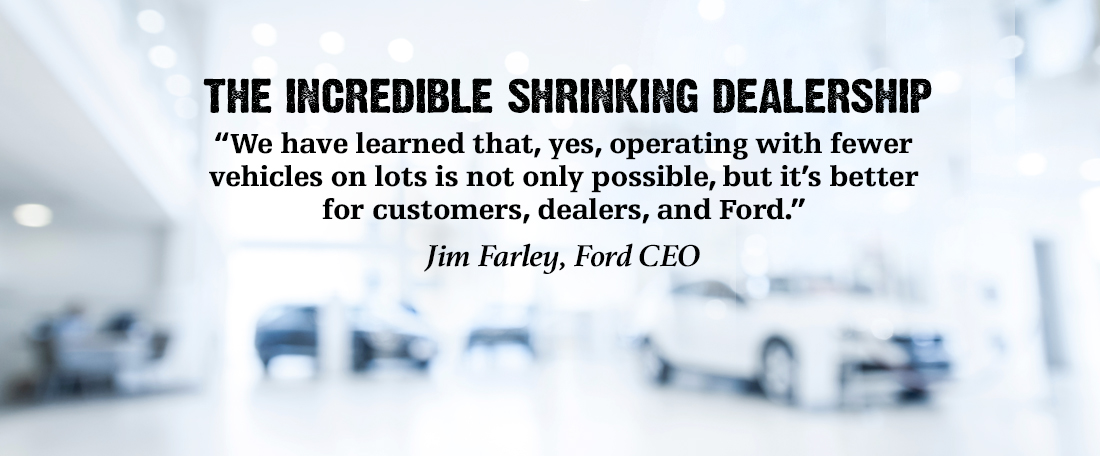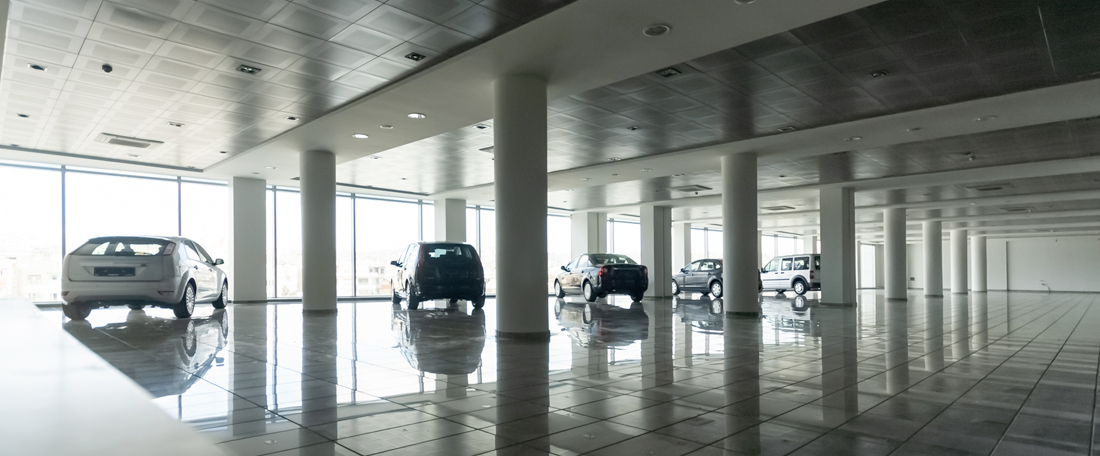As the auto industry continues to go electric and move online, automakers are rethinking every aspect of the purchase process—including the spaces in which it happens. How will these changes affect those who buy cars? How about those who sell and service cars?
The transformation is underway, hastened by Covid, and will result in a new landscape for automakers. Here are 5 reasons why car buying will change — quite soon — forever.
5. The Square Footage Transformation
We’ll see some significant downsizing. In fact, Honda announced recently that it will be rolling out a new dealership concept — featuring less square footage, with a flexible and modular design. Showroom space will be transformed into offices for employees. It will feature electric vast vehicle charging stations, as the companies like Honda aim to sell half a million EVs in the US by 2030. “Our dealers are looking at ways to modernize and digitalize their business,” Mamadou Diallo, the vice president of auto sales at American Honda. Recent events have proven to automakers that selling cars “will not require as much space.” Bottom line: the new paradigm is — less square footage.
4. Just Click To Buy!
The supply chain bottleneck means new car dealers have fewer vehicles on hand to show off to customers. Meanwhile, inspired by a new breed of electrified direct sales companies, like Tesla and Rivian, big automakers started experimenting with letting customers reserve and even buy their cars online. Ford made its first sales for its electrified sports car, the Mustang Mach-E, on the internet and took online reservations for its electric pickup truck. Volvo said last year that its electric vehicles—which the automaker says will account for 100 percent of sales by 2030—will be sold exclusively online.
That could make buying cars more convenient, but it makes selling them easier, too. Building cars to fulfill customers’ online orders takes some guesswork out of vehicle production, meaning fewer unexpectedly unpopular models end up languishing—and eventually selling at a discount—on showroom floors. “We have learned that, yes, operating with fewer vehicles on lots is not only possible, but it’s better for customers, dealers, and Ford,” Jim Farley, Ford’s CEO, told investors last summer. “But we’re also driving a significant increase in the number of customers configuring and ordering their vehicles online, so we have better visibility to real demand.”
3. Covid-Era Changes (Low Inventories and High Prices) May Remain
This pandemic-era adjustment has not always worked out in car buyers’ favor. Dealers report that the combination of a tight car market and limited inventory means they can offer fewer discounts to customers hoping to drive their new purchases off the lot. Buyers pay more, and dealers make higher margins per sale. But industry experts are divided over whether those conditions will last beyond the public health emergency and related supply chain struggles.
Still, the era of the rows and rows of makes and models and colors may be over for good. “The dealership doesn’t need to be some Taj Mahal on the highway somewhere,” says Mike Anderson, the president of the Rikess Group, an automotive consultancy. Dealerships that Anderson advises have started to bring vehicles to potential customers for test drives, and then back to their homes or offices when they close the deal. Automakers like Tesla, Ford, Mercedes-Benz, and BMW are also experimenting with mobile servicing, or having technicians travel to customers’ vehicles. In some places, “many of the guests won’t see the dealership at all,” Anderson says.
Big shifts in how cars function also presage changes at the dealership. Inspired by Tesla, more automakers are building software-enabled cars that can be serviced or updated over the air. The US government wants electric vehicles to account for 40 percent of auto sales by 2030, and California—the country’s biggest car market—intends to ban gas-powered vehicles sales by 2035. But electric cars have fewer moving parts and need to be serviced less often than their gas-powered counterparts. For dealerships, which make most of their money servicing vehicles, electrification could mean dicier margins and lead to industrywide consolidation.
If that happens, it will be the continuation of a trend, says Erin Kerrigan, the managing director of Kerrigan Advisors, which advises dealerships. Even as electric cars struggle to gain traction in the US, the industry saw a “historic” 383 dealerships change ownership in 2021, a 71 percent jump over the years before the pandemic, the firm found. Most of those were smaller family businesses acquired by big auto dealership groups. Those bigger companies are flush with cash as supply chain woes have pushed up new and used car prices.
2. Dealerships Are Nice, But Sales Will Happen On The Web.
In some cases, online savvy has been the difference between those who are still in the business and those who aren’t. Historically, automakers assigned each of their dealerships a specific region. But the internet “has really started to break down the geographic boundaries that used to limit the sales potential of a dealership,” says Kerrigan. ” Bigger, better-resourced auto dealership groups are racing to build out their own digital retailing tools and websites. Car buyers may see the first signs of this industry change on the showroom floor—that is, if they make it there at all.






















